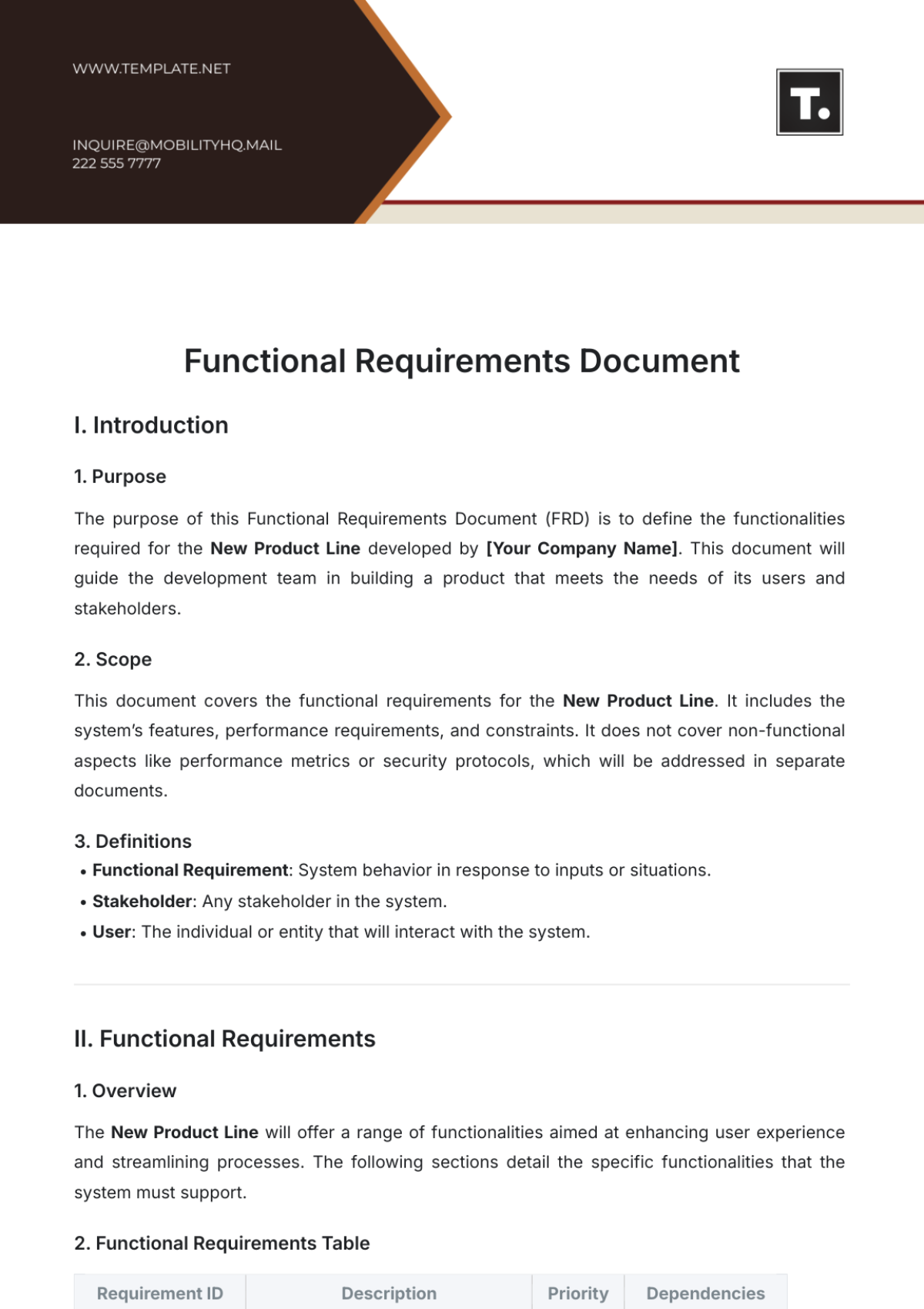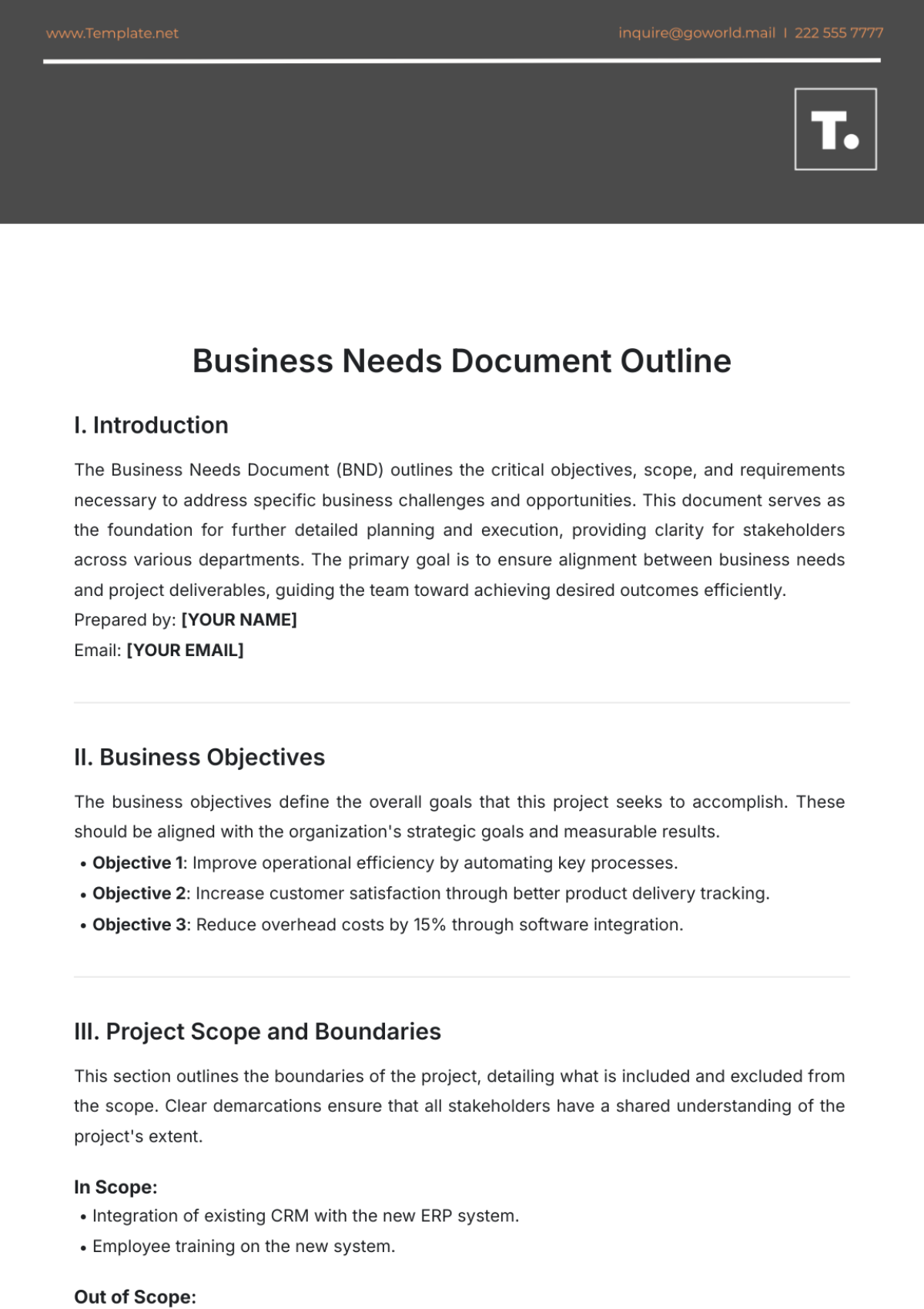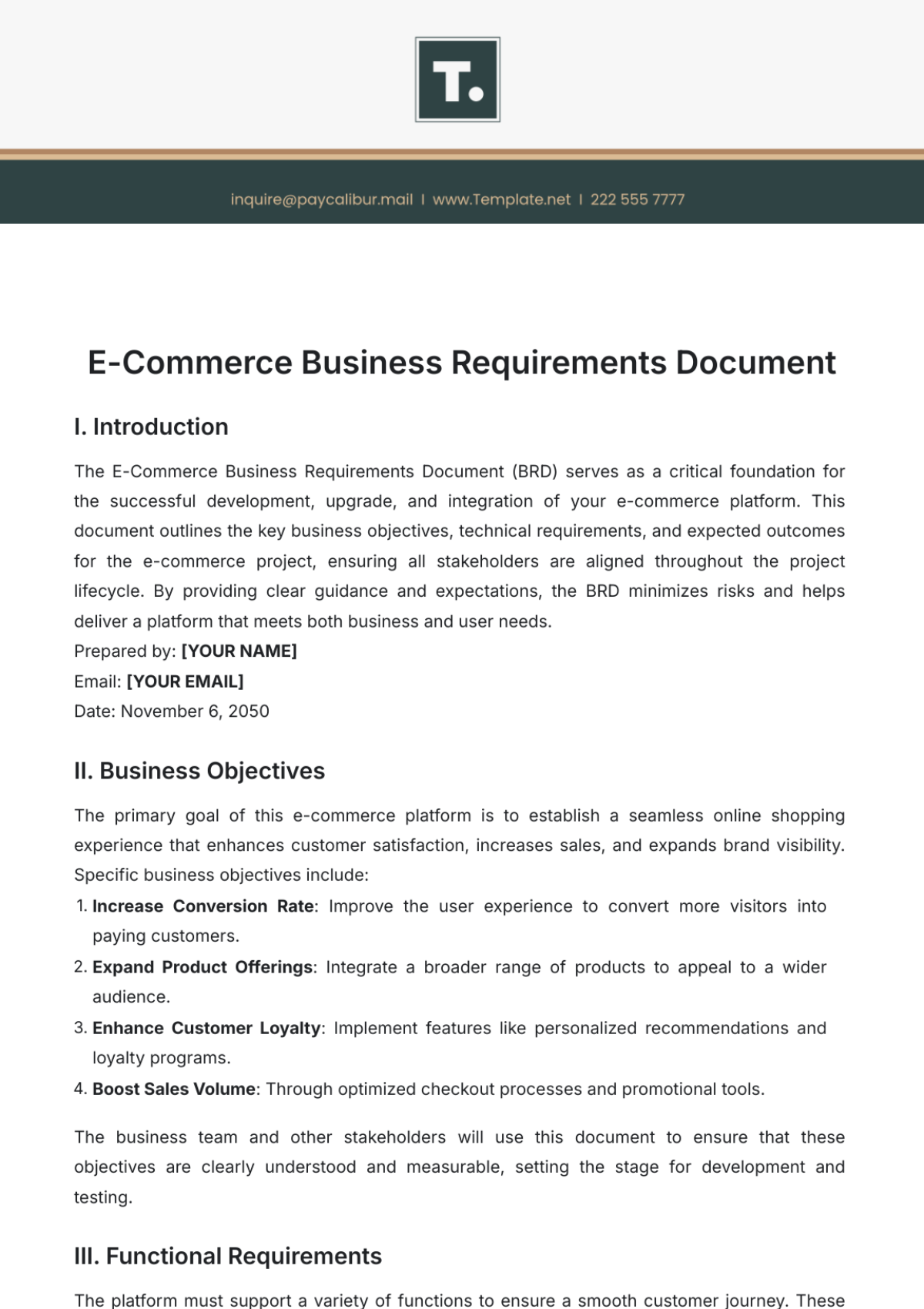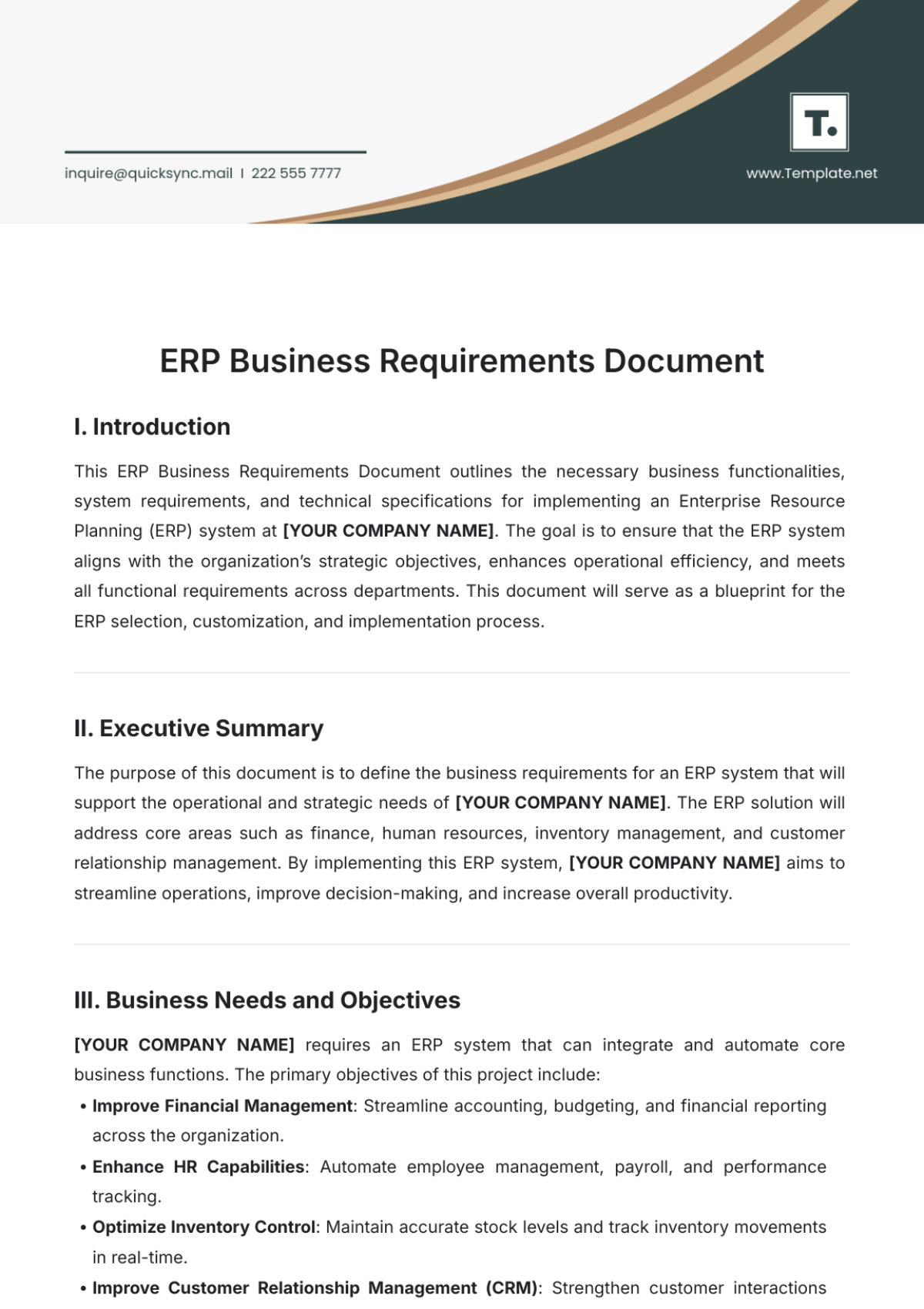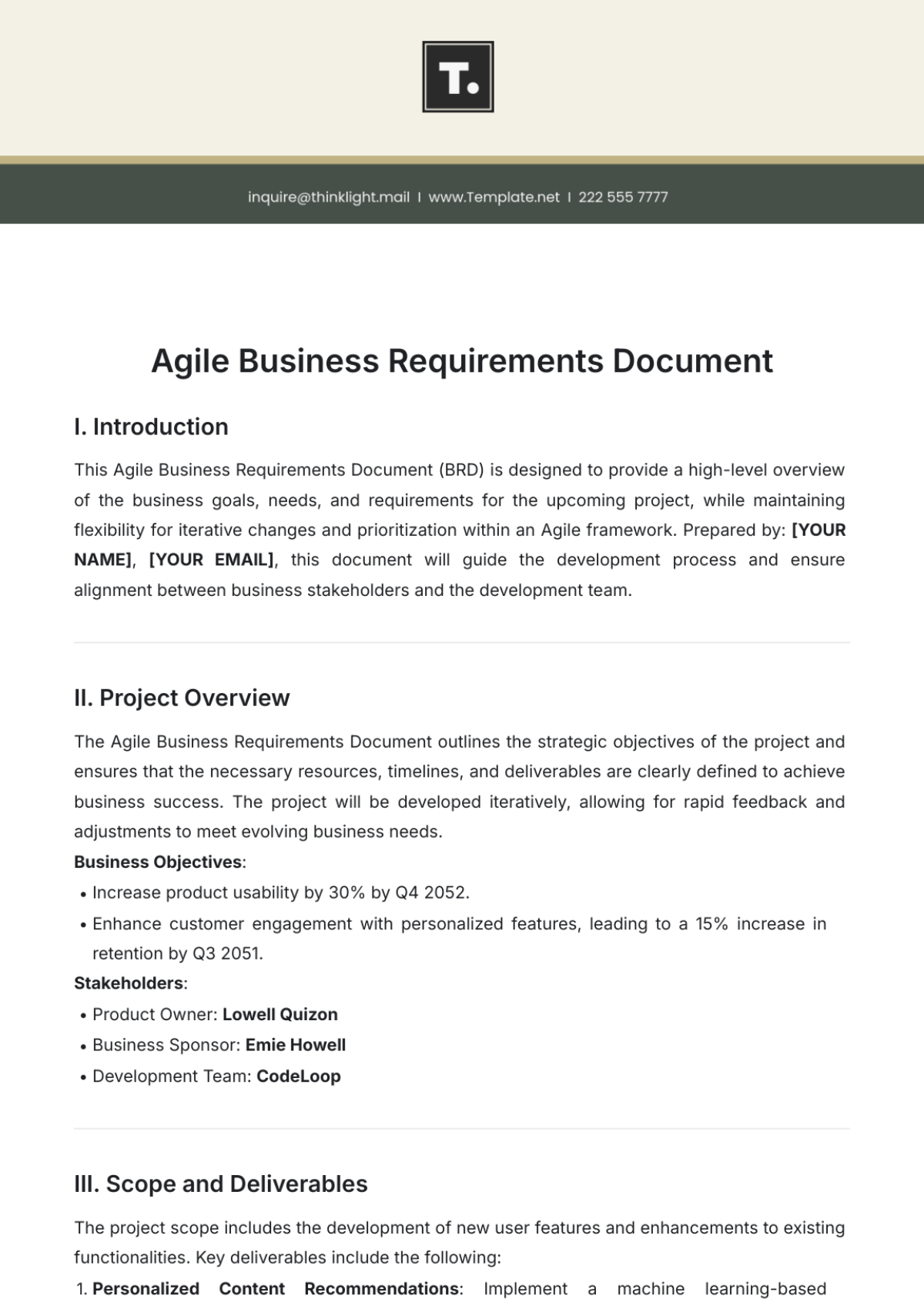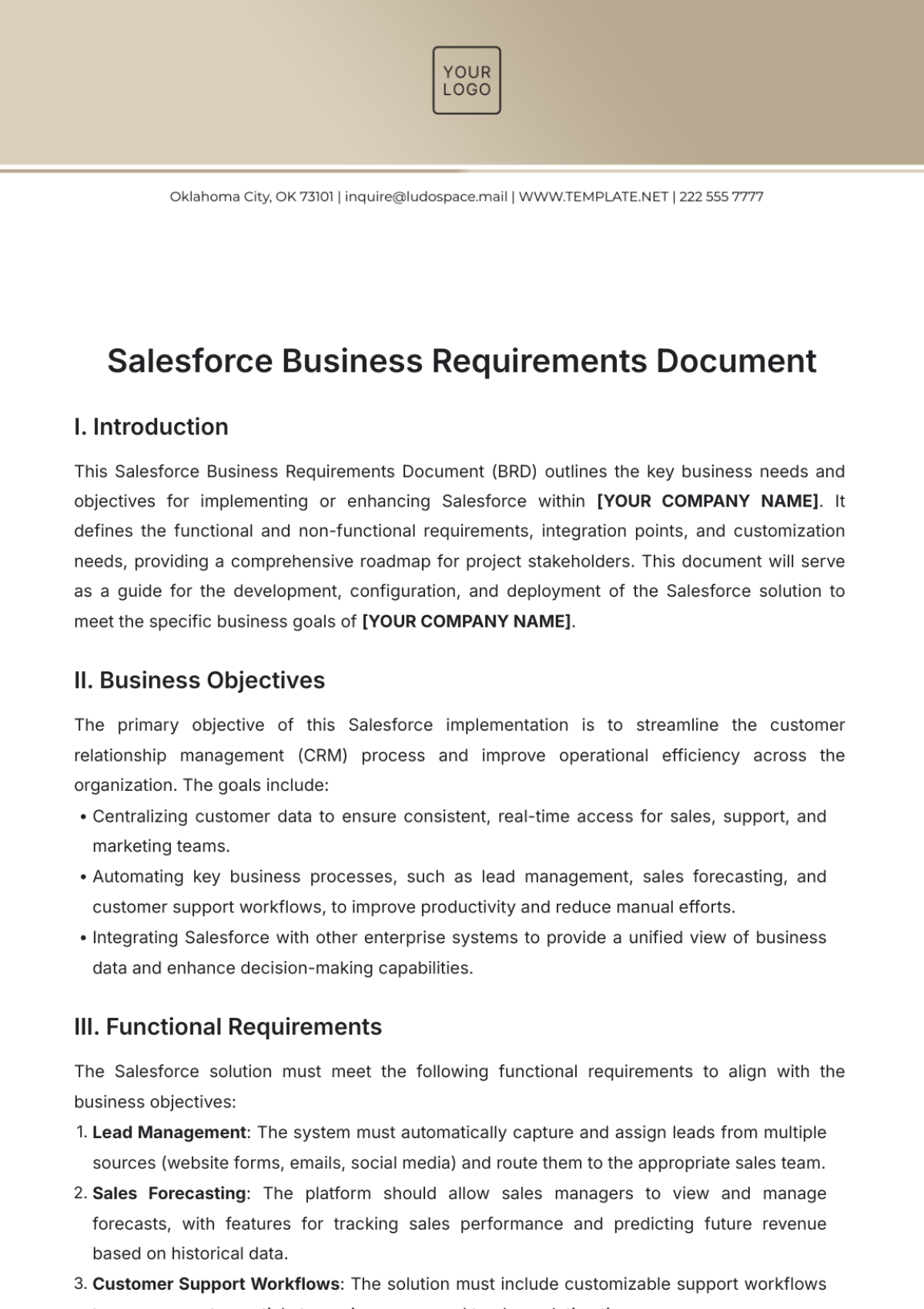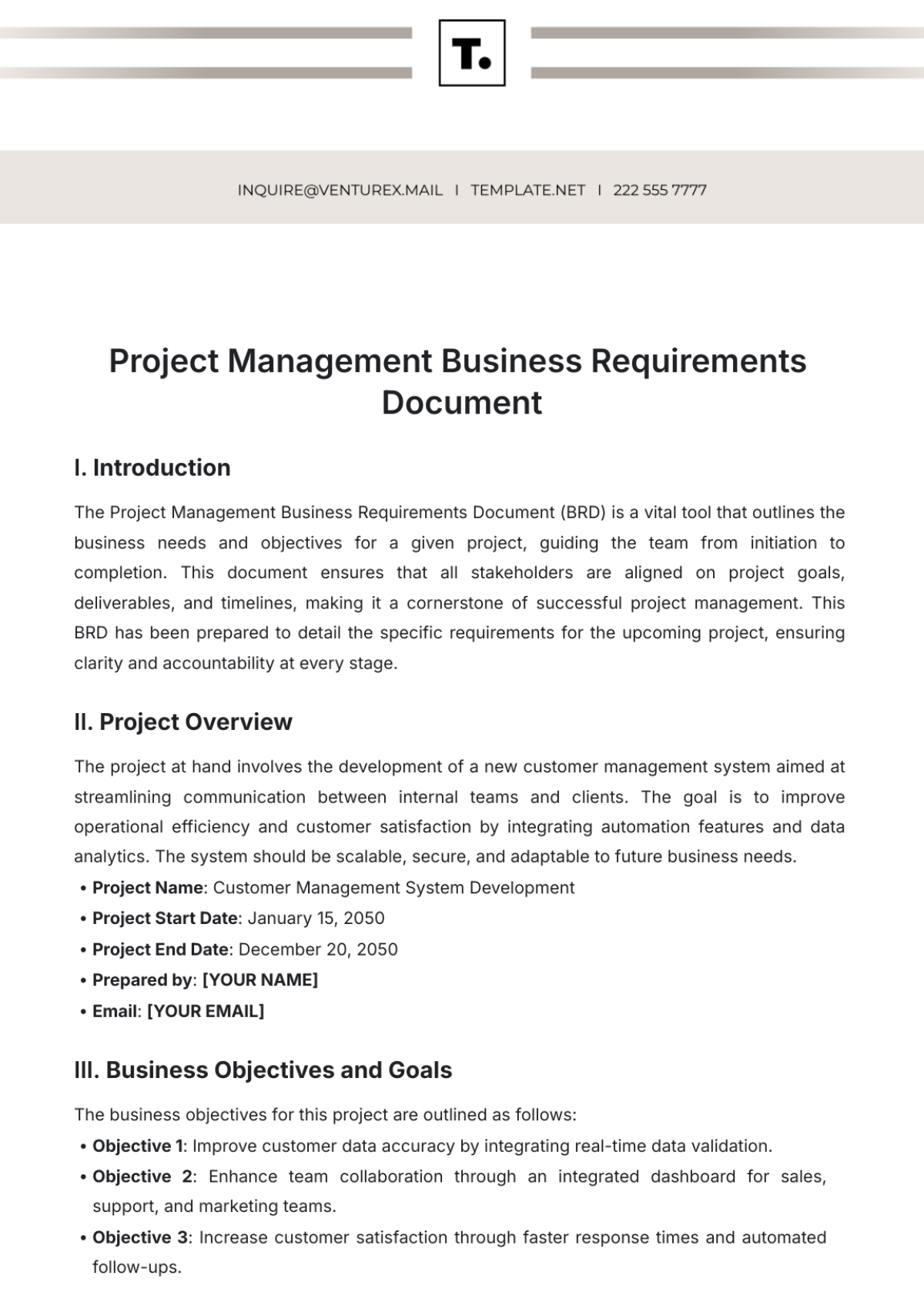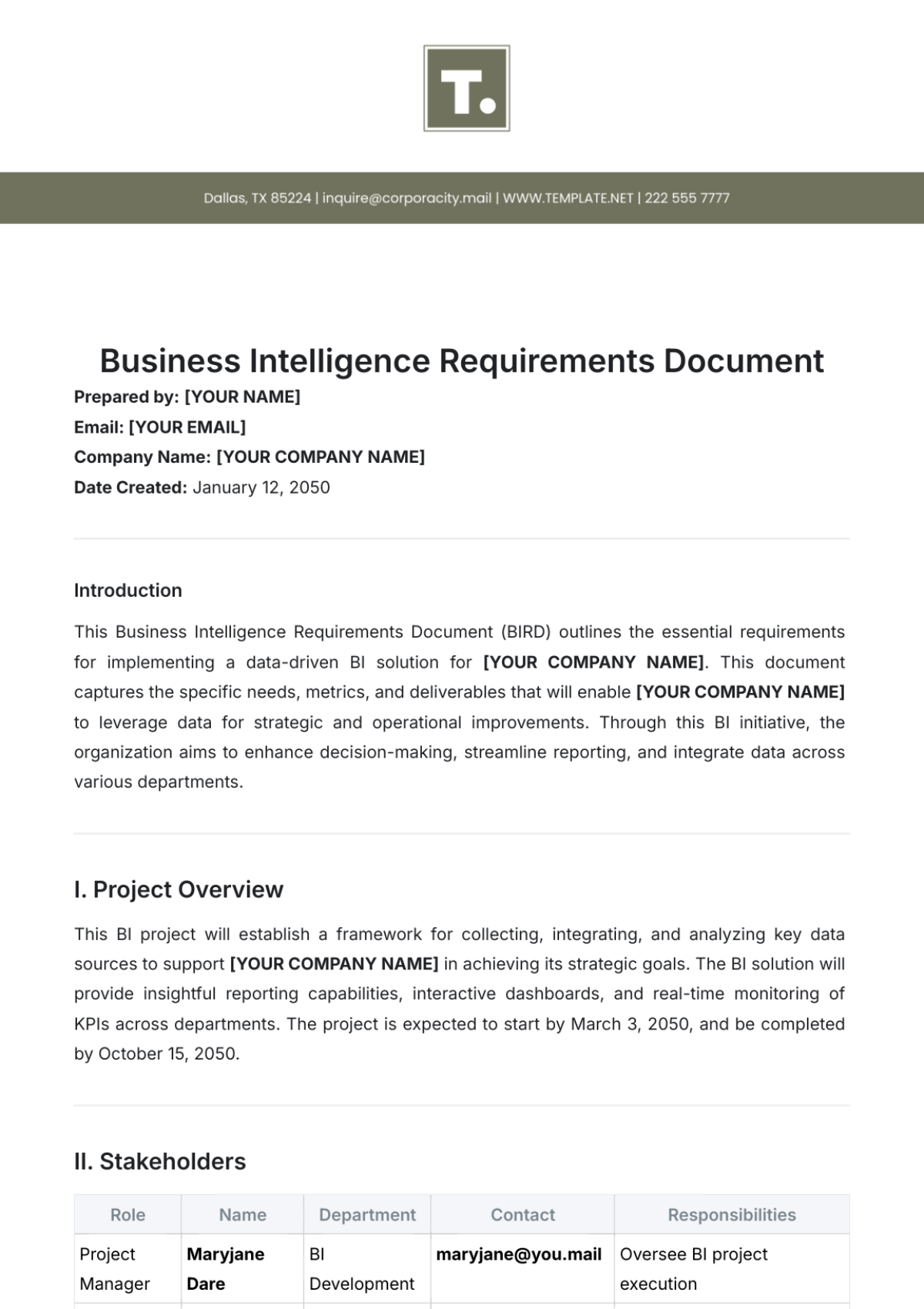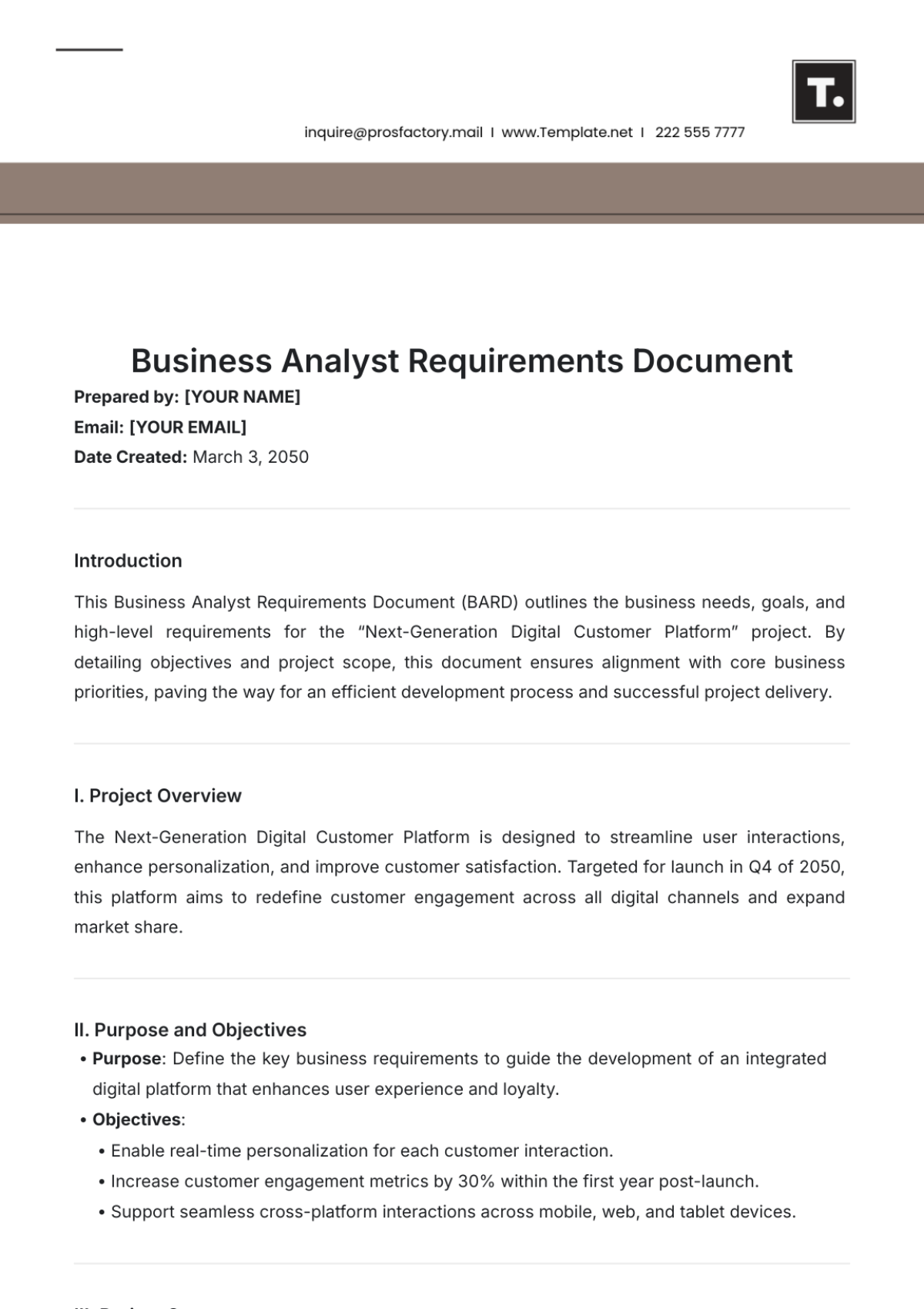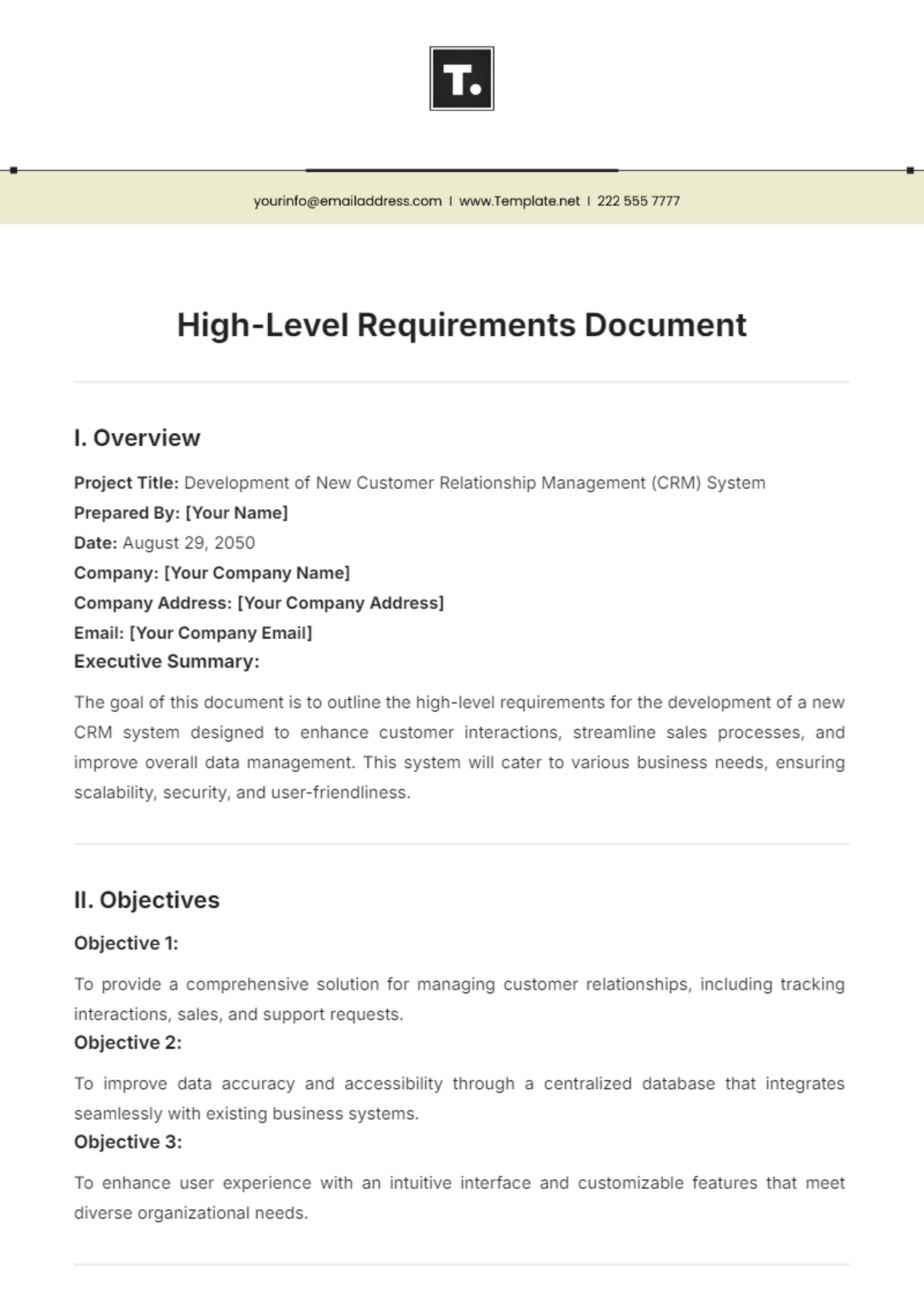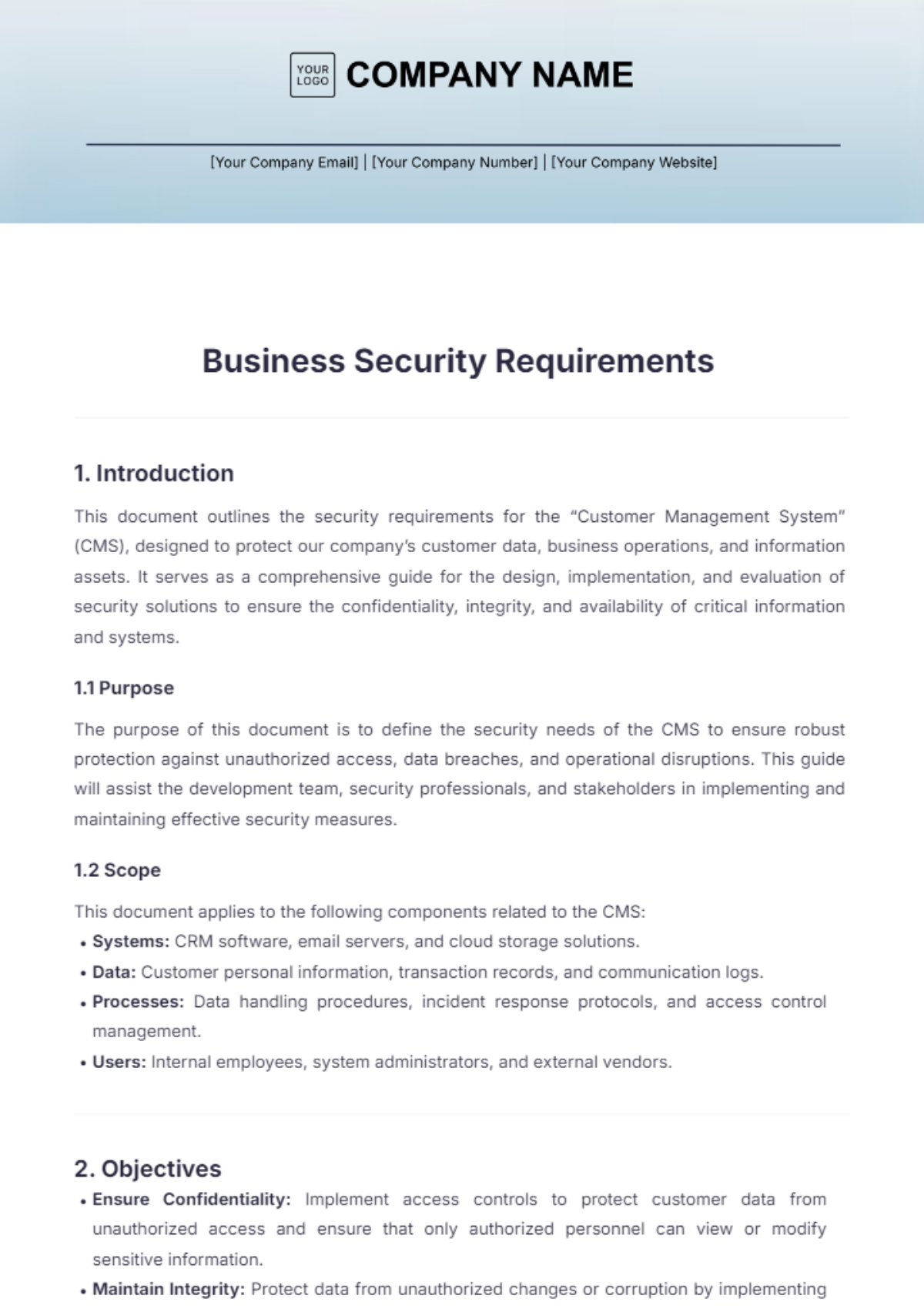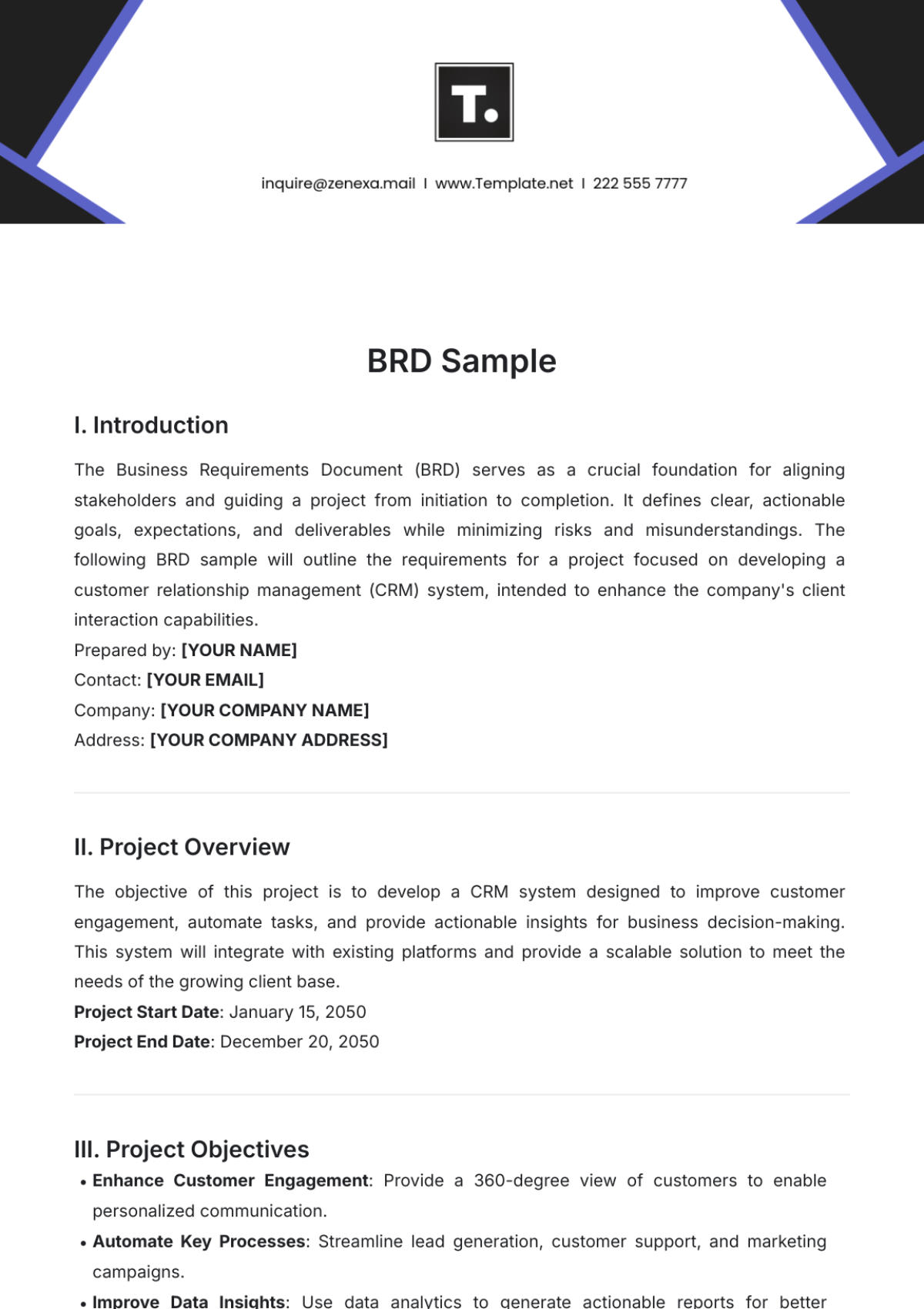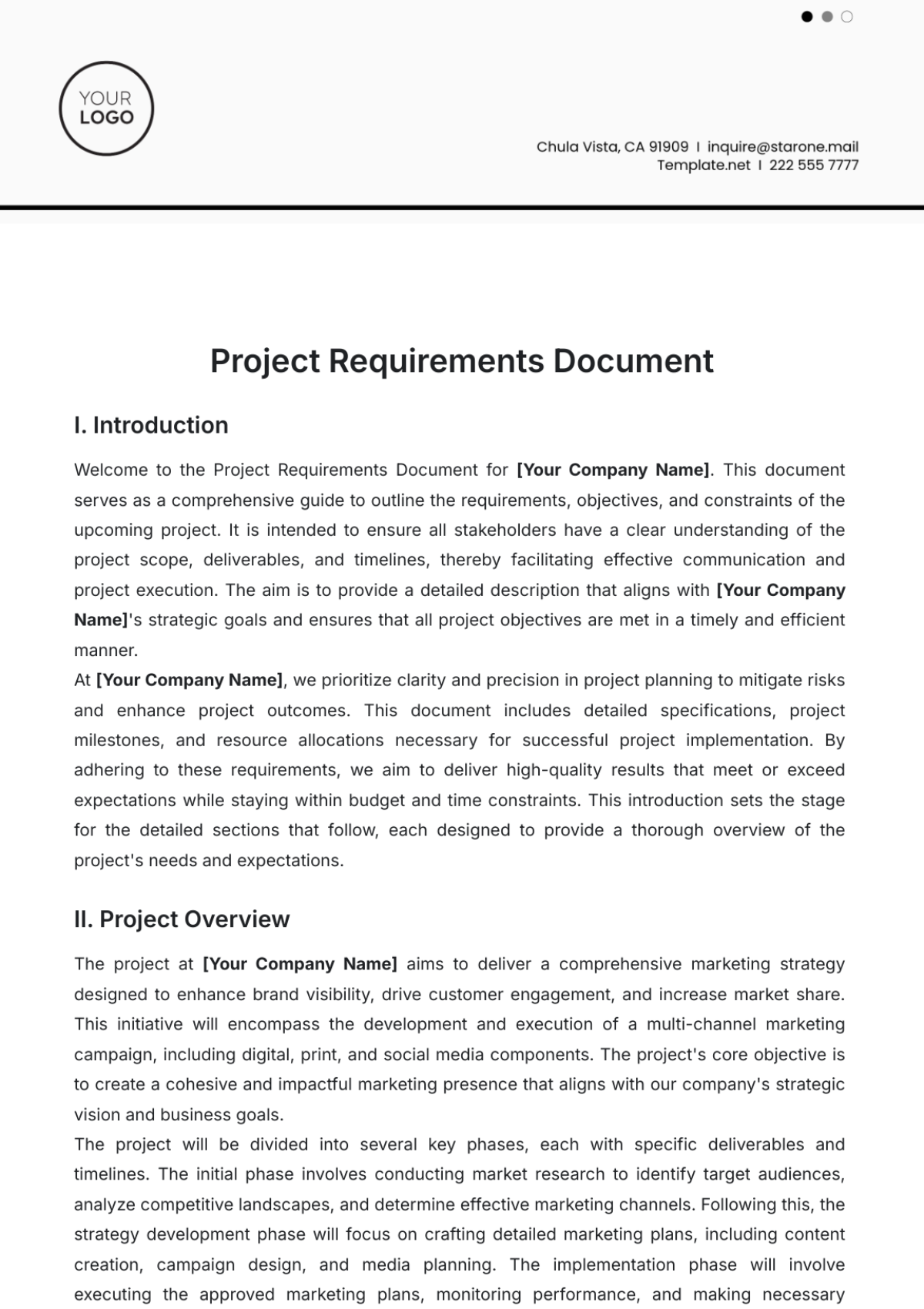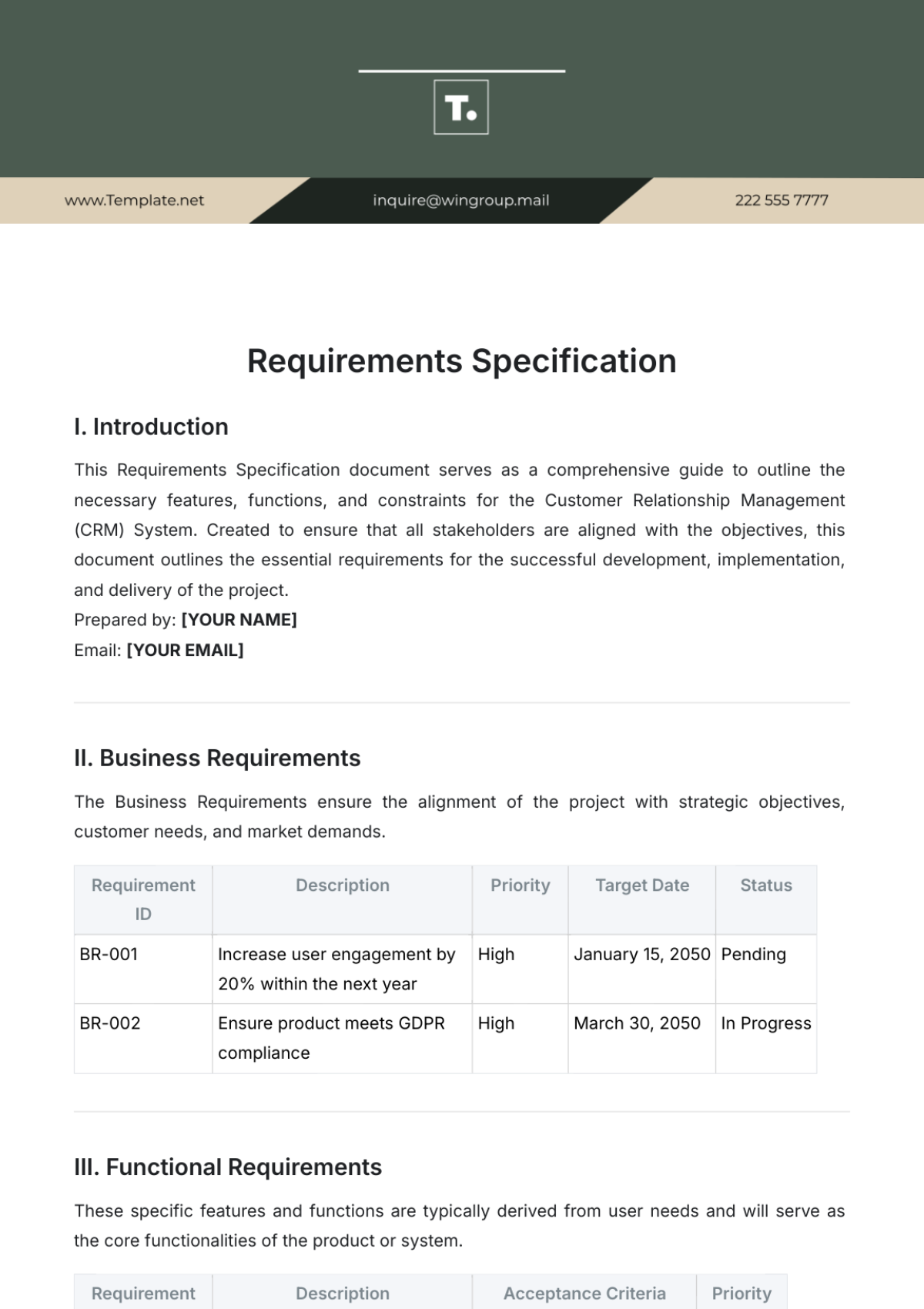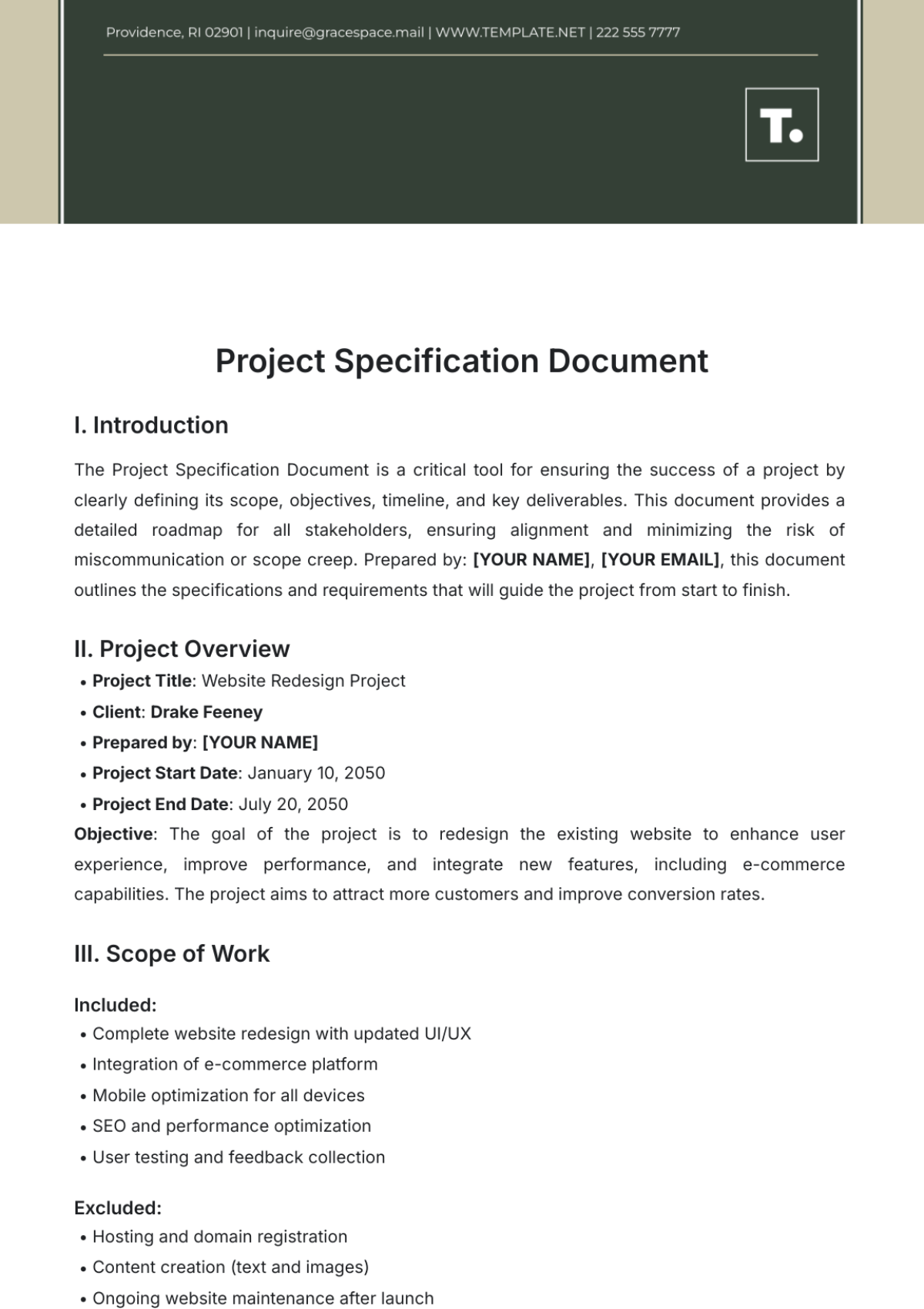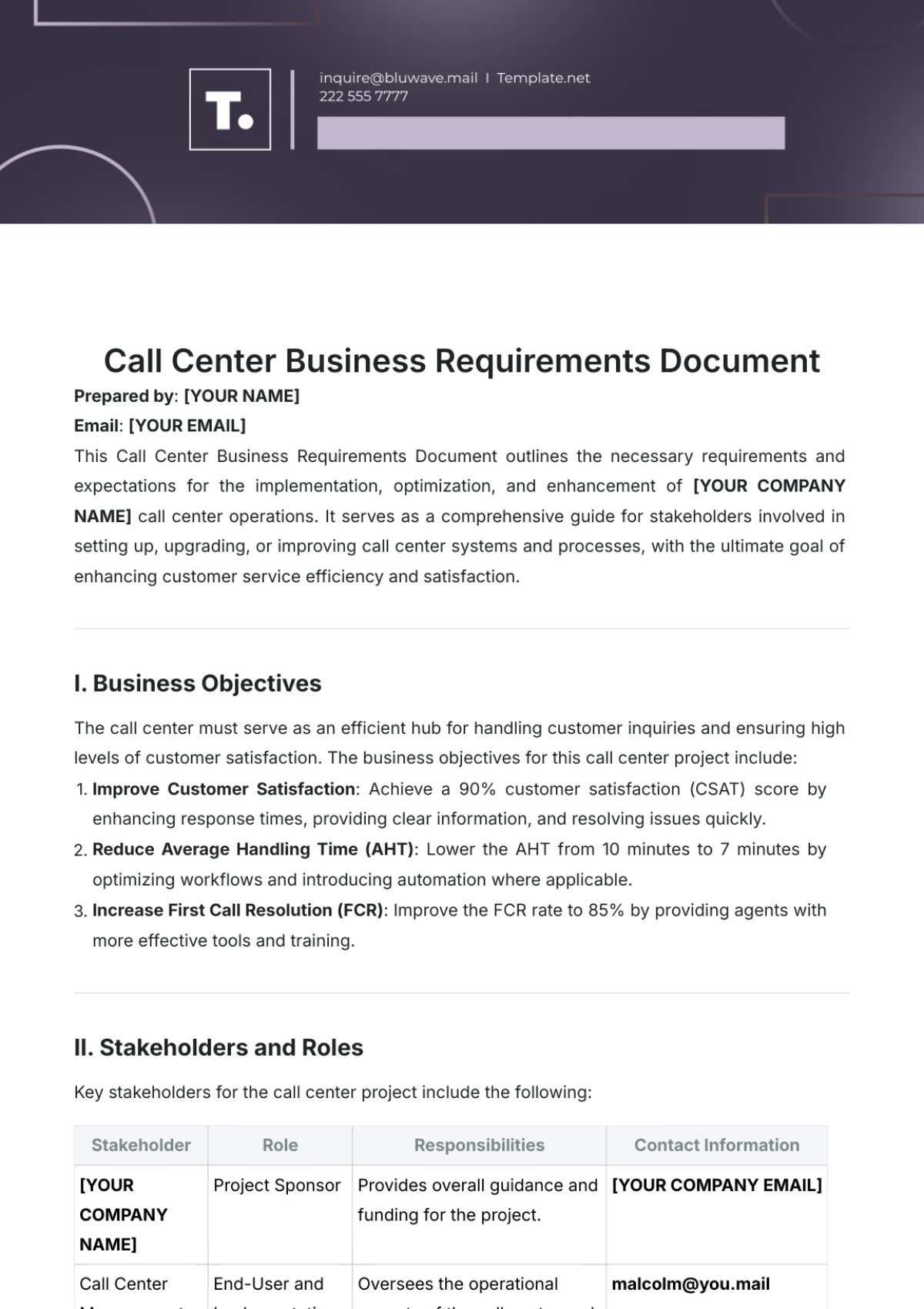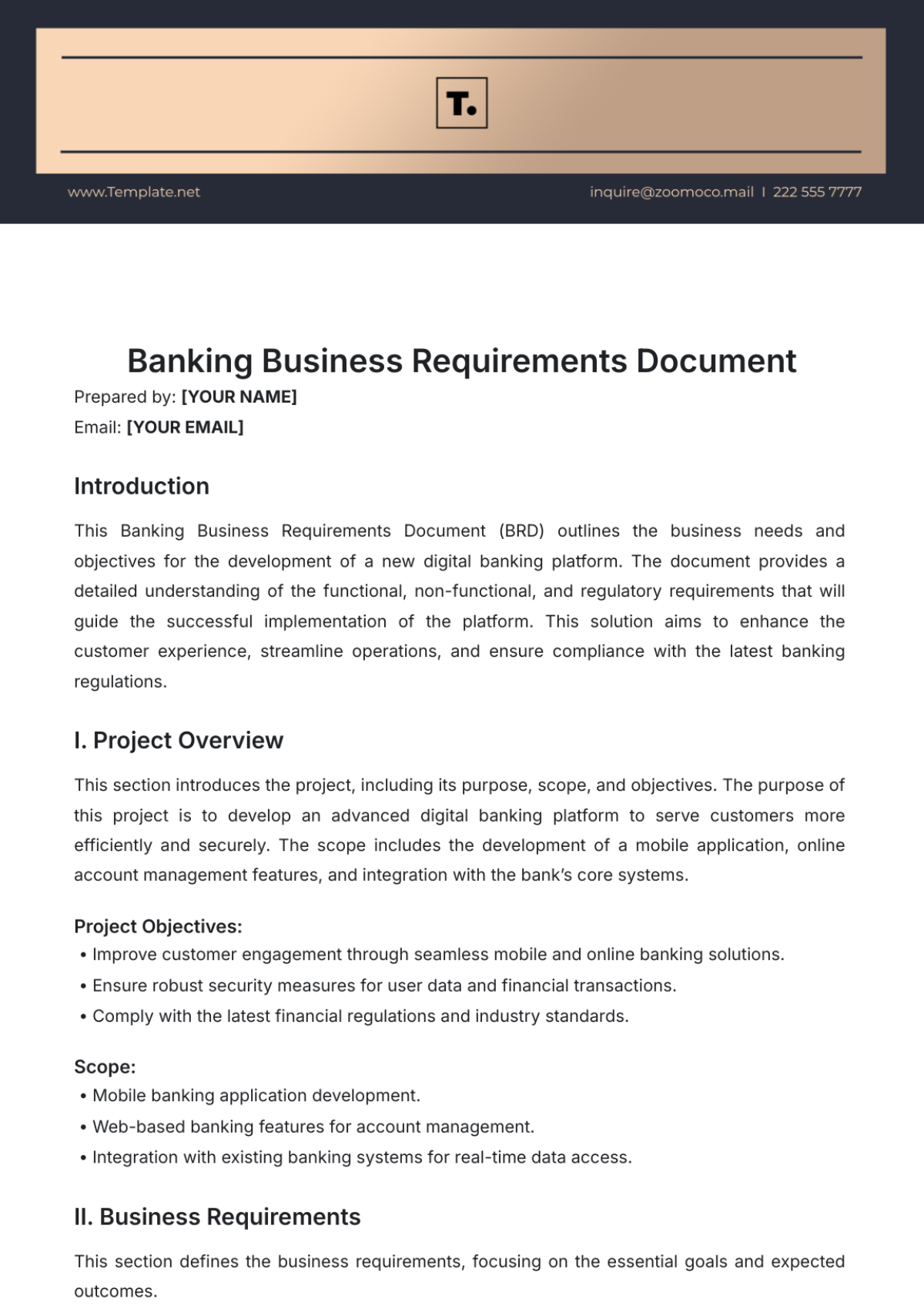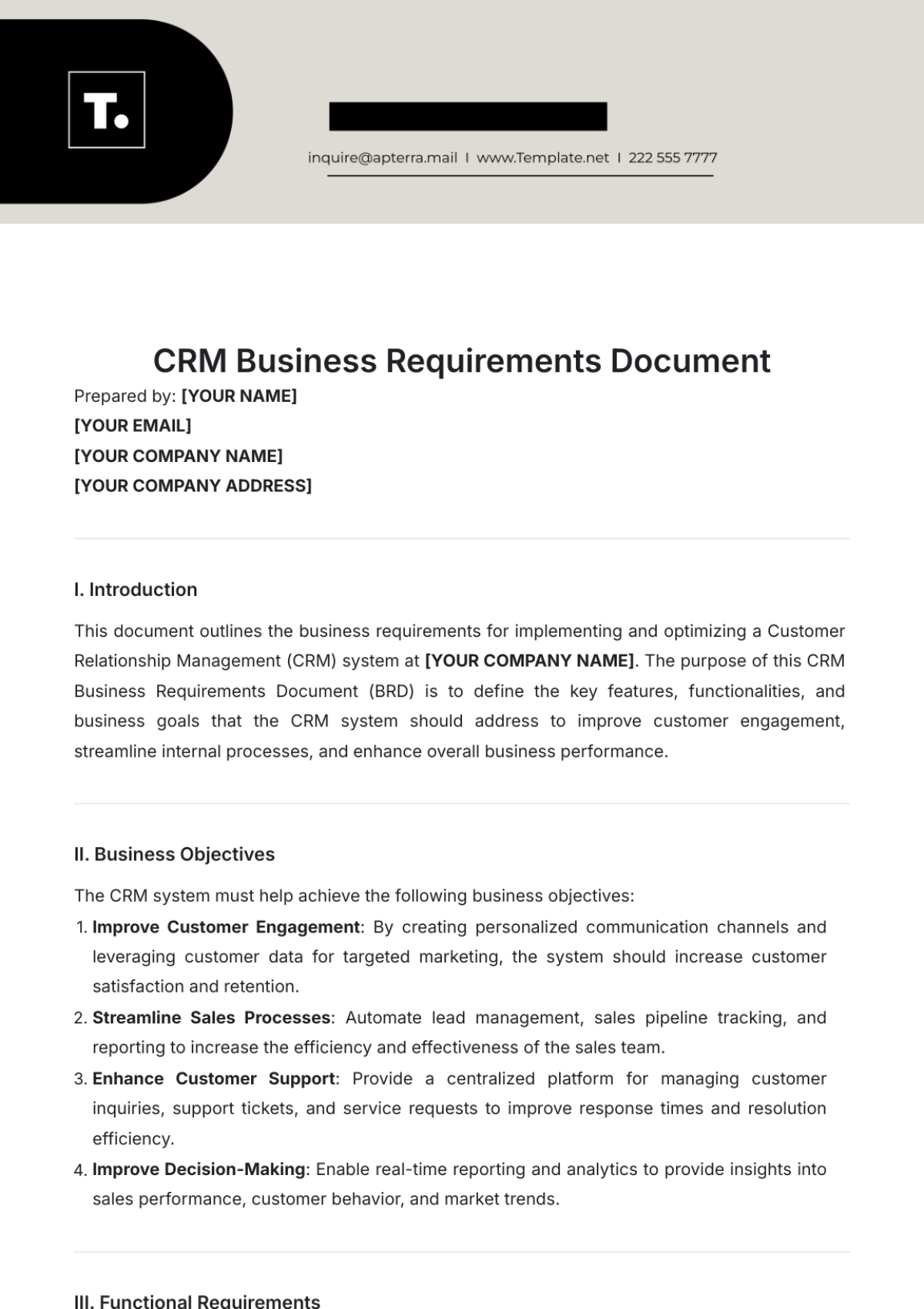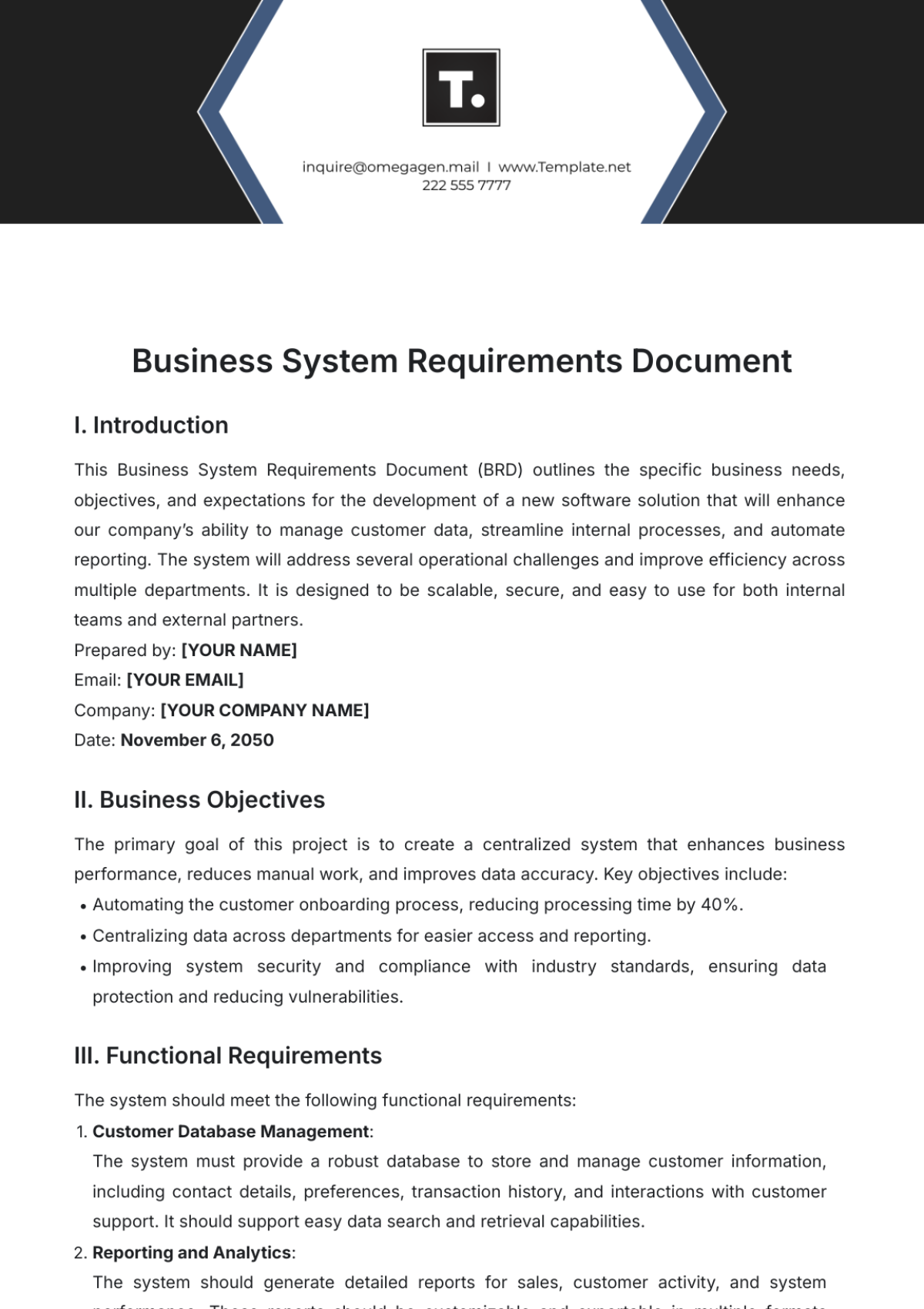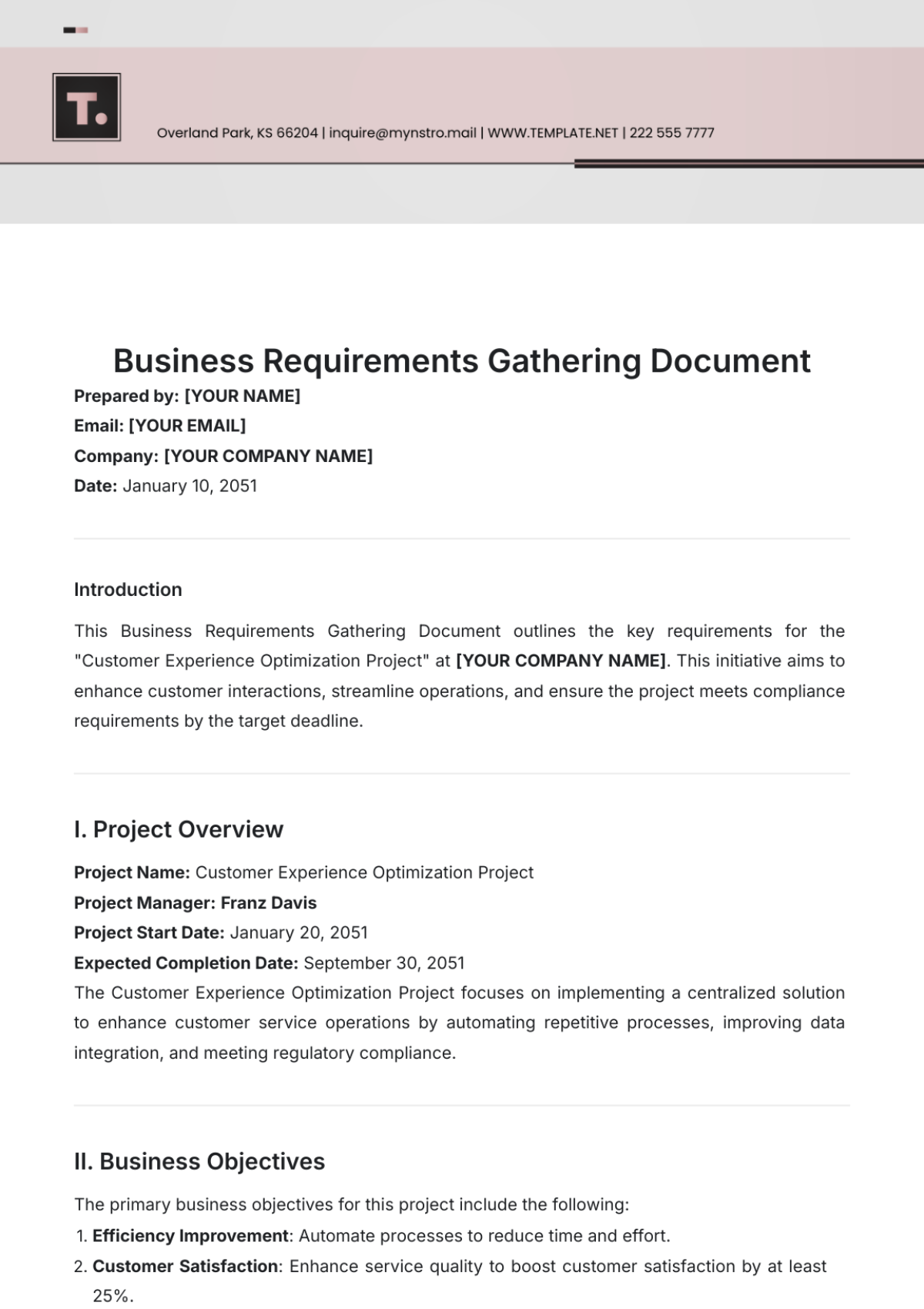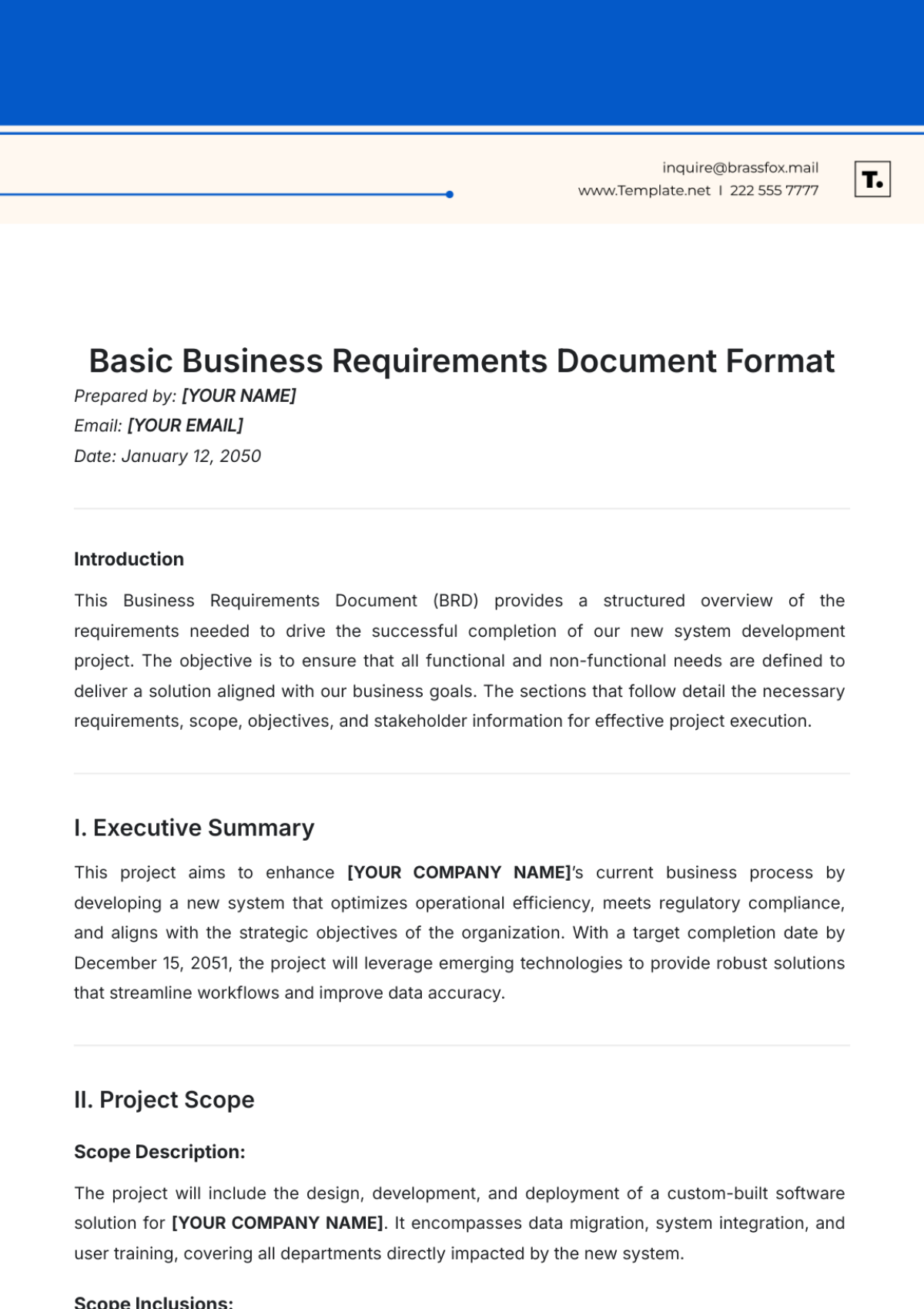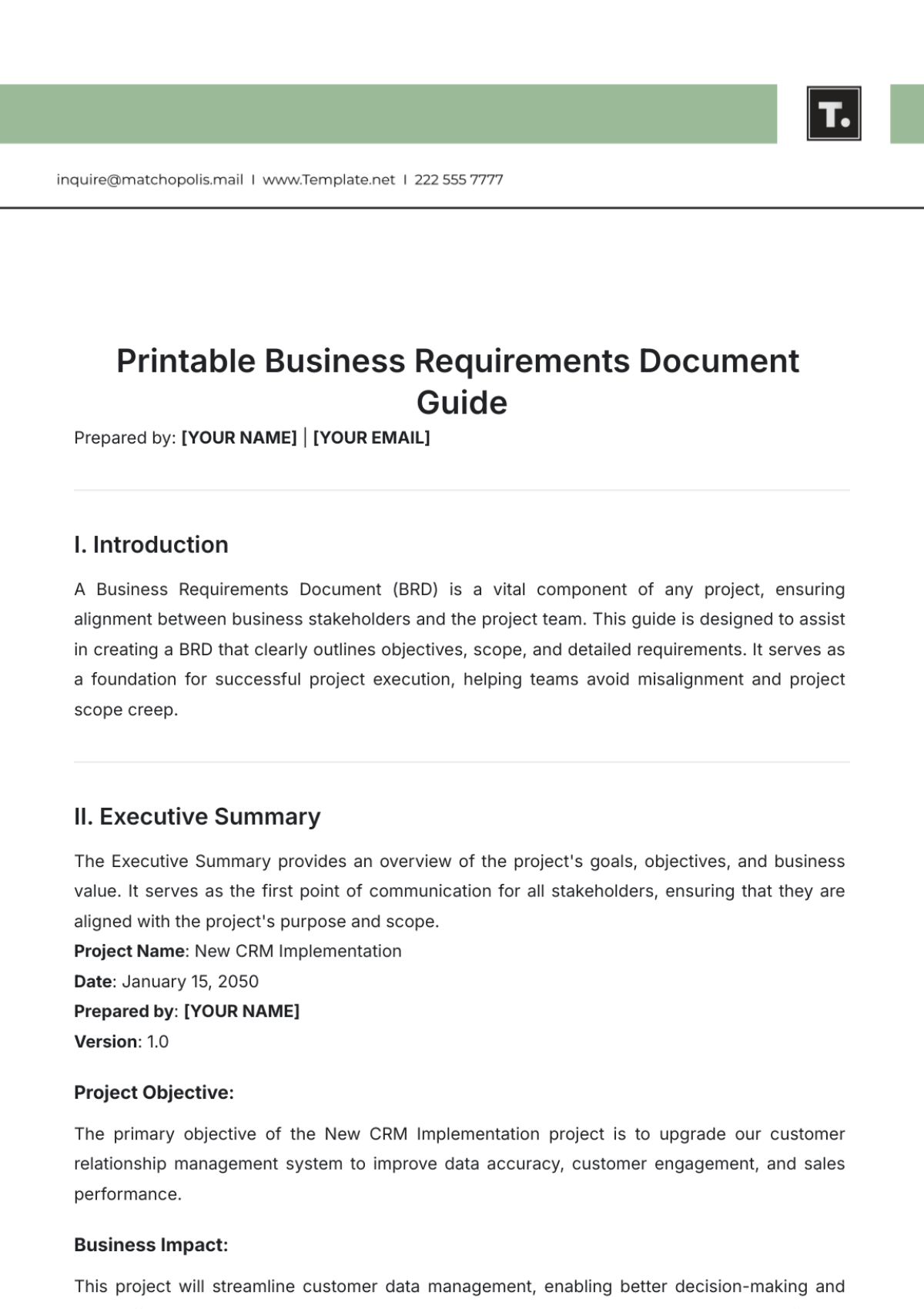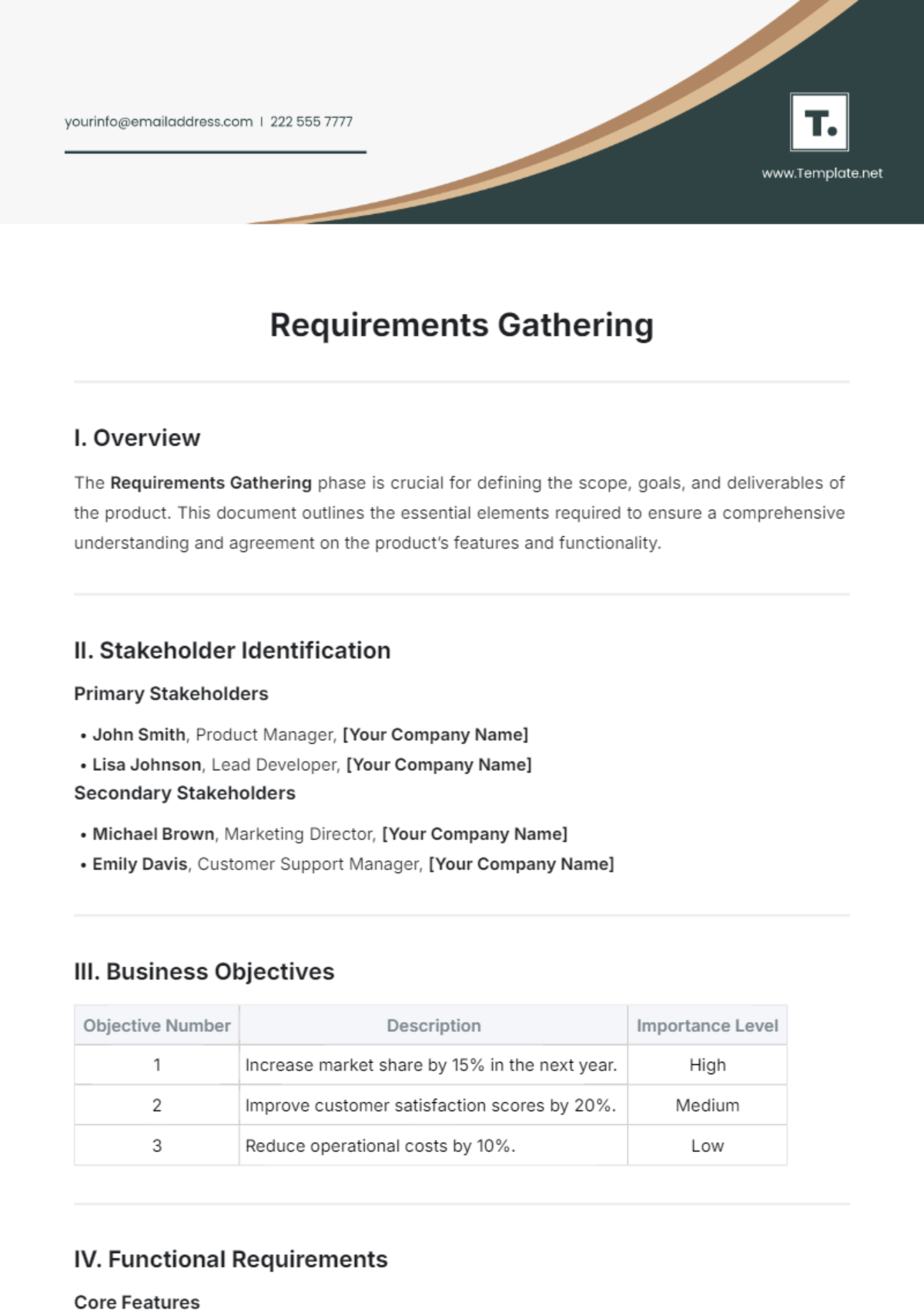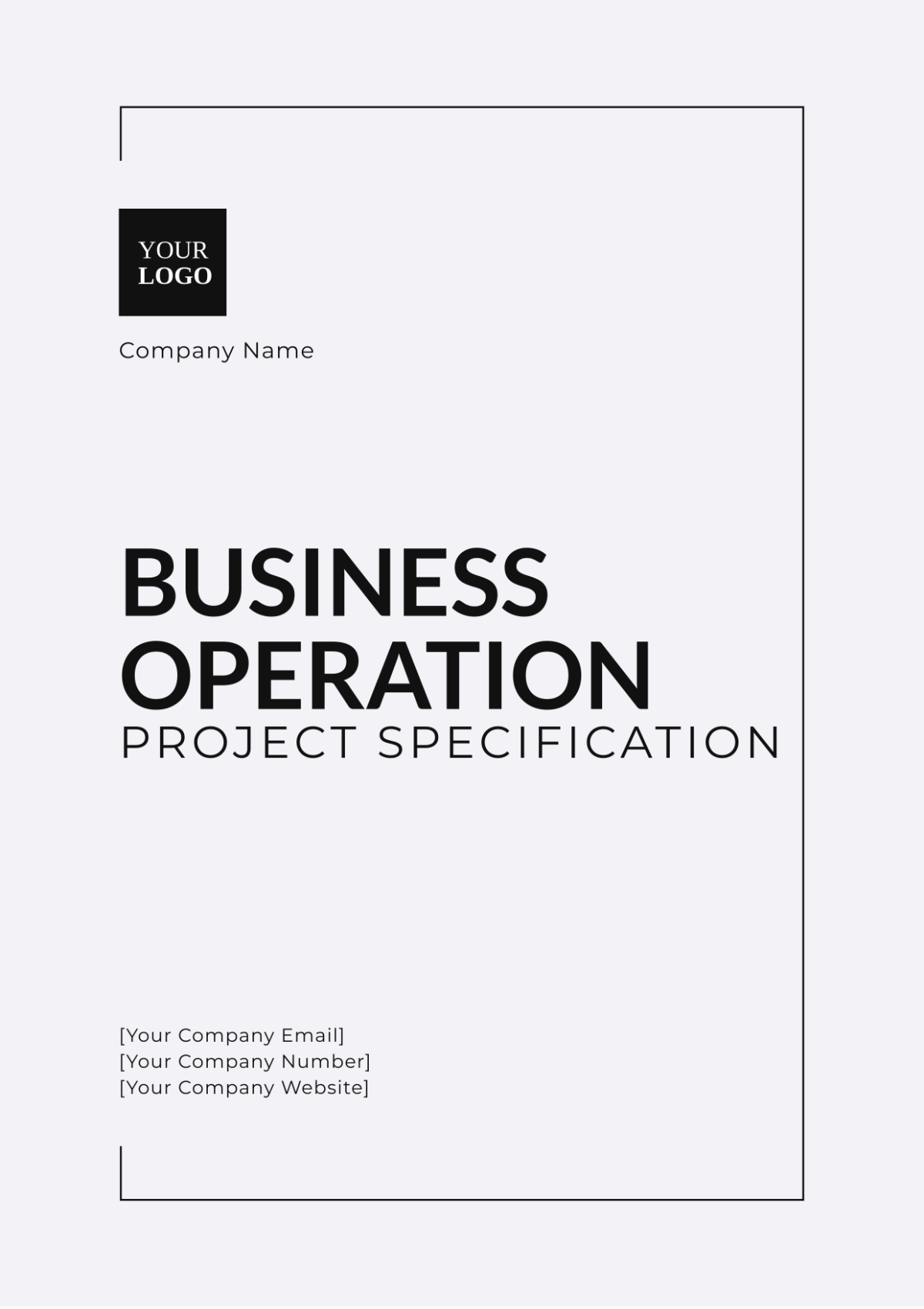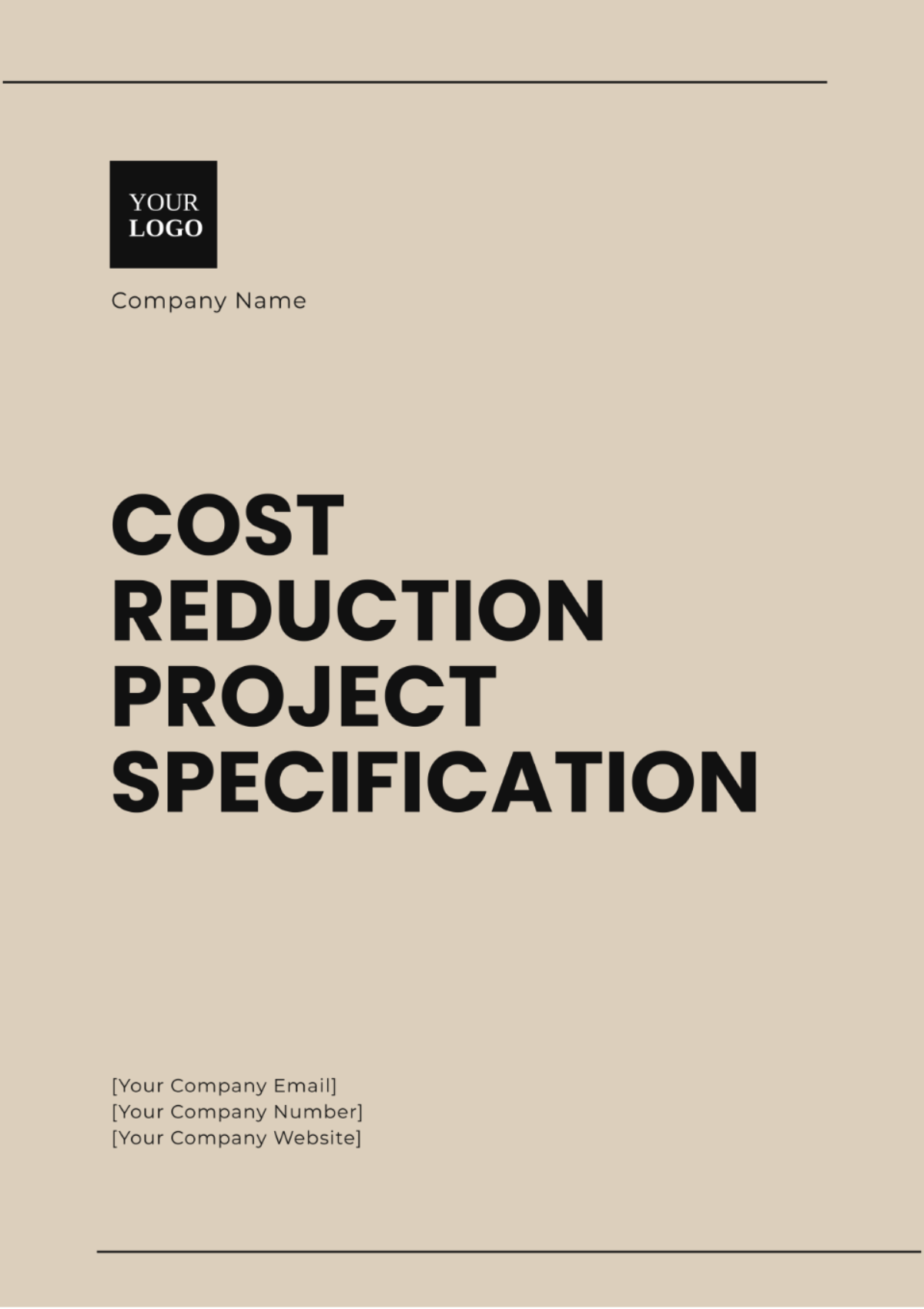Agile Estimation Requirements
Prepared By: [YOUR NAME]
Date: [DATE]
I. Introduction
This document offers a comprehensive set of guidelines and criteria for assessing and determining the required effort, time, and resources to complete tasks and user stories in an Agile project, with the primary goal of ensuring that estimates are accurate, consistent, and aligned with project objectives, thereby supporting effective planning and execution.
II. Estimation Techniques
The following are the primary methods used for estimation in Agile projects:
Planning Poker: Team members use numbered cards to estimate the effort for tasks or user stories. Discussion continues until consensus is reached, encouraging a shared understanding of the task’s complexity.
T-shirt Sizing: Tasks are categorized into sizes like XS, S, M, L, and XL to provide a high-level estimate of effort and complexity. This method allows for quick assessment and prioritization.
Fibonacci Sequence: Effort is estimated using Fibonacci numbers (1, 2, 3, 5, 8, 13, etc.), reflecting the increasing uncertainty and complexity of larger tasks. This technique helps distinguish task sizes and supports accurate sprint planning.
III. Criteria for Estimation
When you are in the process of conducting estimations, it is important to take into account the following factors:
Criteria | Description |
|---|---|
Complexity | The technical difficulty and intricacy of the task or user story. |
Dependencies | Dependent tasks or user stories. |
Risk | Potential uncertainties or challenges that may impact the project. |
Effort | The amount of work required to complete the task. |
Resources | Availability and skills of team members required to complete the task. |
IV. Estimation Process
The step-by-step process for conducting estimations is as follows:
Column 1 | Column 2 |
|---|---|
| Gather all relevant stakeholders and ensure that all necessary information and requirements are documented. |
| Conduct an estimation meeting where the team discusses each task or user story and assigns estimates using one of the chosen estimation techniques. |
| Engage stakeholders including product owners, developers, and testers to provide inputs and ensure that the estimates are comprehensive and consider multiple perspectives. |
| Achieve consensus among the team members on the estimates and document these for future reference and tracking. |
V. Tools and Resources
To effectively manage and track estimates, use the following tools:
JIRA: A robust project management platform that facilitates detailed tracking of tasks, user stories, and estimates. JIRA supports advanced reporting, backlog management, and sprint planning, making it ideal for Agile teams to monitor progress and adjust estimates as needed.
Trello: A flexible, visual tool for managing tasks and workflows through interactive boards and cards. Trello allows teams to organize and prioritize tasks easily, providing a clear visual representation of project progress and effort estimates.
Confluence: A powerful collaboration tool for documenting the estimation process and storing estimates. Confluence enables teams to create, share, and update documentation related to estimates and Agile practices, ensuring that all stakeholders have access to the most current information.
VI. Review and Adjustment
Estimates should be continuously reviewed and adjusted based on new information or changes in the project. The procedures include:
Regular Reviews: Conduct routine meetings to compare estimates with actual progress, identify discrepancies, and update estimates as needed. This helps keep project plans aligned with goals and improves accuracy.
Change Management: Implement a change management process to document and address modifications in scope, requirements, or resources. Update estimates promptly to reflect changes, ensuring project plans stay current and relevant.
VII. Glossary
Definitions of key terms and concepts used in the estimation process:
Estimation: The estimation of the necessary effort, duration, and resources to accomplish a task or user story.
User Story: A brief description of a feature from the end-user’s perspective, outlining the desired functionality.
Planning Poker: A collaborative estimation technique where team members use cards to estimate effort, aiming for a consensus.
Fibonacci Sequence: A numerical sequence used for estimation where each number is the sum of the two preceding ones, helping to represent effort in a non-linear manner.
Stakeholders: Individuals or groups with an interest in the project's outcome, including team members, clients, and end-users.

